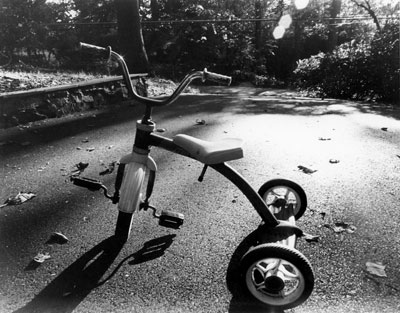All Nonfiction
- Bullying
- Books
- Academic
- Author Interviews
- Celebrity interviews
- College Articles
- College Essays
- Educator of the Year
- Heroes
- Interviews
- Memoir
- Personal Experience
- Sports
- Travel & Culture
All Opinions
- Bullying
- Current Events / Politics
- Discrimination
- Drugs / Alcohol / Smoking
- Entertainment / Celebrities
- Environment
- Love / Relationships
- Movies / Music / TV
- Pop Culture / Trends
- School / College
- Social Issues / Civics
- Spirituality / Religion
- Sports / Hobbies
All Hot Topics
- Bullying
- Community Service
- Environment
- Health
- Letters to the Editor
- Pride & Prejudice
- What Matters
- Back
Summer Guide
- Program Links
- Program Reviews
- Back
College Guide
- College Links
- College Reviews
- College Essays
- College Articles
- Back
A Dying Detroit
More than two million people once walked the streets of Detroit, Michigan. Lights burned in every window, children ran from yard to yard, the downtown area was a hive of activity, and the Big Three Automakers employed hundreds of thousands in factories that pumped cars like a fire truck pumps water. However, what once was is no longer. Detroit is dying.
Ransom Olds founded Detroit's first auto factory in 1899. Hundreds of other factories followed shortly thereafter, creating one of the largest industrial centers of the 20th century. Henry Ford introduced the assembly line concept in Detroit in 1913, and the Model T was soon known as the best selling car in the world. With the conception of the American auto industry, Detroit thrived. Workers streamed into the city, all heading for the new jobs that would be provided. Detroit's population more than quadrupled in size from 1920 to 1940, and it rapidly took its place as the image of America's post-industrial economy.
Out of the plethora of manufacturers vying for a share of the American market emerged three dominant corporations: Ford Motor Company, the brainchild of Henry Ford; Chrysler; and General Motors. These companies became widely known as the “Big Three” automakers. At one time, they produced the most widely bought cars in the United States, and were three of the most powerful corporations in the world. This reign continued for decades, and would have gone on if not for interference by several Japanese auto makers. Toyota, Honda, and Nissan found a way to produce cars more cheaply, and their cars performed better, were easier to use, and were more reliable, in spite of a lower price tag. The competition to this day continues to wear down the American auto makers, and with the current recession thrown in the mix, the Big Three find themselves in a bad position. Chrysler and General Motors are surviving on government money at the moment, although Ford is adjusting to today's consumer attitudes substantially better.
The Big Three started in Detroit, but that doesn't mean that they stayed in Detroit. Faced with rising production costs and stiff competition from foreign car makers, the Big Three have moved a large amount of their manufacturing activities to areas with cheaper labor. This process is called deindustrialization, and it is exactly what Detroit has been experiencing. The effects of this change have not been good; Detroit is falling apart.
Detroit's population is falling fast; about 30,000 people left the city just last year. The population, which peaked at over two million inhabitants, is now down to about 850,000. As people leave, more jobs are lost in the service industries; less customers means less business. So more people leave the city. Drive down the streets of Detroit today and think about what you see. Look at the dark, empty houses. No lights shine in those windows today. Do the streets really bustle with people, or are they merely full of ghosts? Dilapidated houses line the streets in many places, there are no children playing in those yards. Once proud men and women stand in line at soup kitchens, lifetimes of hard work all for naught. Their faces tell stories, and that story is the same that is being told by the homes and businesses falling apart, the same story told by the empty factories whose hoses and nozzles have been cut. Detroit is being deindustrialized, and the process has a sad side effect that is worsened by the recession. It is killing the city.

Similar Articles
JOIN THE DISCUSSION
This article has 0 comments.
